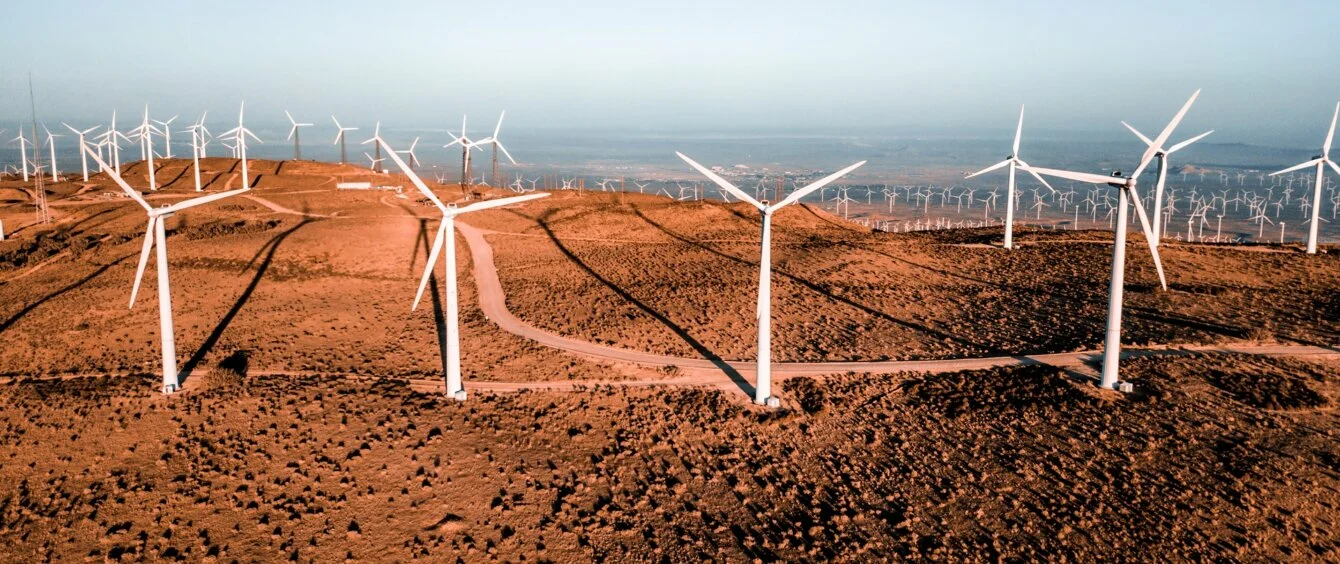The US Inflation Reduction Act (IRA) was introduced slightly more than a year ago. Only rarely has a national investment law caused such a stir. The IRA, considered the biggest US climate protection investment programme to date, has made waves far beyond US borders.
International energy business experts are full of praise for the act since it has created very attractive, unbureaucratic conditions for investing in renewable energy. Conversely, European nations and the European Union are critical of the IRA and fear that local companies may relocate.
Studies take positive stock after a year
Although it will probably be impossible to gauge the worldwide effects of the Inflation Reduction Act for quite a while, studies have drawn a preliminary conclusion from the status quo in the USA. The US Department of Energy and think tank Aurora Energy Research have published figures reflecting the impact of the investment programme.
The bottom line is that the IRA is triggering substantial investment in renewable technologies while promoting the energy transition and decarbonisation in the US.
In its study, the US Department of Energy looked at the effects of the IRA and of a further piece of legislation, the Bipartisan Infrastructure Law (BIL), which was enacted in 2021. It used the modelling system with which the US Energy Information Administration prepares the annual outlook on the US energy system.
Strong push for solar and wind expansion
According to the model calculation, these two laws enable additional renewable energy build-out of remarkable dimensions. They envisage wind and solar capacity expanding by 250 gigawatts (GW) and 475 GW for a combined 725 GW by 2030, exceeding previous forecasts.
Think tank Aurora Energy Research publishes similar figures in its study, but projects additional growth through to 2035 instead of 2030. In the study’s main scenario, the IRA could boost renewable and storage capacity by a total of 865 GW.
By comparison, excluding hydropower, installed renewable capacity in 2022 amounted to about 305 GW in the US. This means that the IRA and BIL could give renewables a huge boost, ensuring that capacity more than triples in the coming decade.
Substantial investments in batteries, electric vehicles and solar production
Based on another report by the US Department of Energy mentioned in the study, the required technologies are increasingly being built in the USA thanks to the IRA, and the country will benefit from significant capital expenditure along the entire value chain. Domestic production may well meet 50 percent of demand for solar cells, nearly 30 percent of the need for solar modules, and over 50 percent of demand for wind turbines and towers.
A look at solar energy helps to put these figures into perspective: According to the US Solar Energy Industries Association, the IRA could trigger a ten-fold rise in solar module production capacity from 10.6 GW at present to 108.5 GW.
The study released by think tank Aurora Energy Research also forecasts a huge build-out of facilities for manufacturing renewable technologies. It reports that roughly 100 new projects drawing an aggregate outlay of 66 billion US dollars (approximately 63 billion euros) have been announced since the enactment of the IRA. A major share, nearly 49 billion dollars, has been earmarked for battery production, with 11.5 billion being dedicated to EV manufacturing and 5.6 billion set aside for producing solar technology.
IRA drives decline in carbon emissions
The study by the US Department of Energy states that the IRA also has a positive impact on the fight against climate change. It claims that US carbon emissions could drop by between 35 and 41 percent by 2030 compared to the 2015 level, whereas the decline would be roughly 27 percent if the two laws had not been introduced.
The main factors are an accelerated expansion of renewables (which would result in a rapid decline in emissions from electricity generation), greater electrification of the transportation and building sectors as well as industry, and the use of carbon-neutral hydrogen.
The studies show that the Inflation Reduction Act has the potential to be a key element of the energy transition. Together with the 2021 Bipartisan Infrastructure Law, it is set to enable 430 billion US dollars in investment in the modernisation of the US energy system – a goal it has tackled successfully thus far. Projects worth a combined 66 billion dollars have been announced within just a year. And even if they are not all implemented, it is already safe to say that the IRA is proving effective and that the initial hype was justified.
© Pandora Pictures, shutterstock.com
